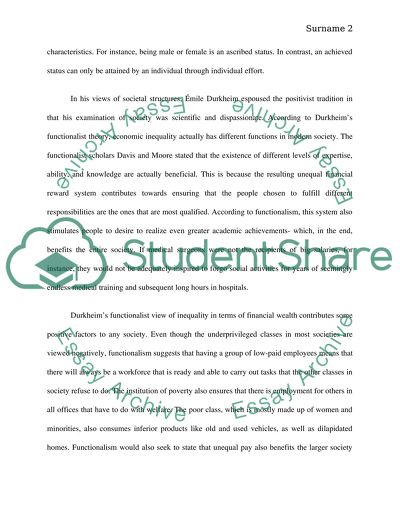Cite this document
(“Durkheim-Economic inequality in American society Essay”, n.d.)
Retrieved from https://studentshare.org/sociology/1483400-durkheim-economic-inequality-in-american-society
Retrieved from https://studentshare.org/sociology/1483400-durkheim-economic-inequality-in-american-society
(Durkheim-Economic Inequality in American Society Essay)
https://studentshare.org/sociology/1483400-durkheim-economic-inequality-in-american-society.
https://studentshare.org/sociology/1483400-durkheim-economic-inequality-in-american-society.
“Durkheim-Economic Inequality in American Society Essay”, n.d. https://studentshare.org/sociology/1483400-durkheim-economic-inequality-in-american-society.


